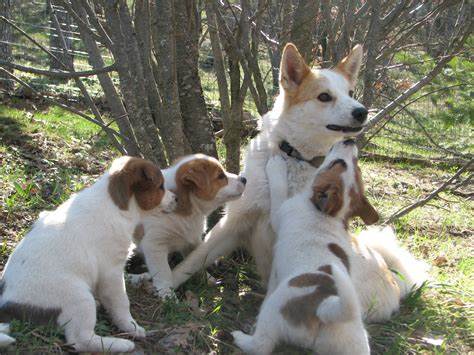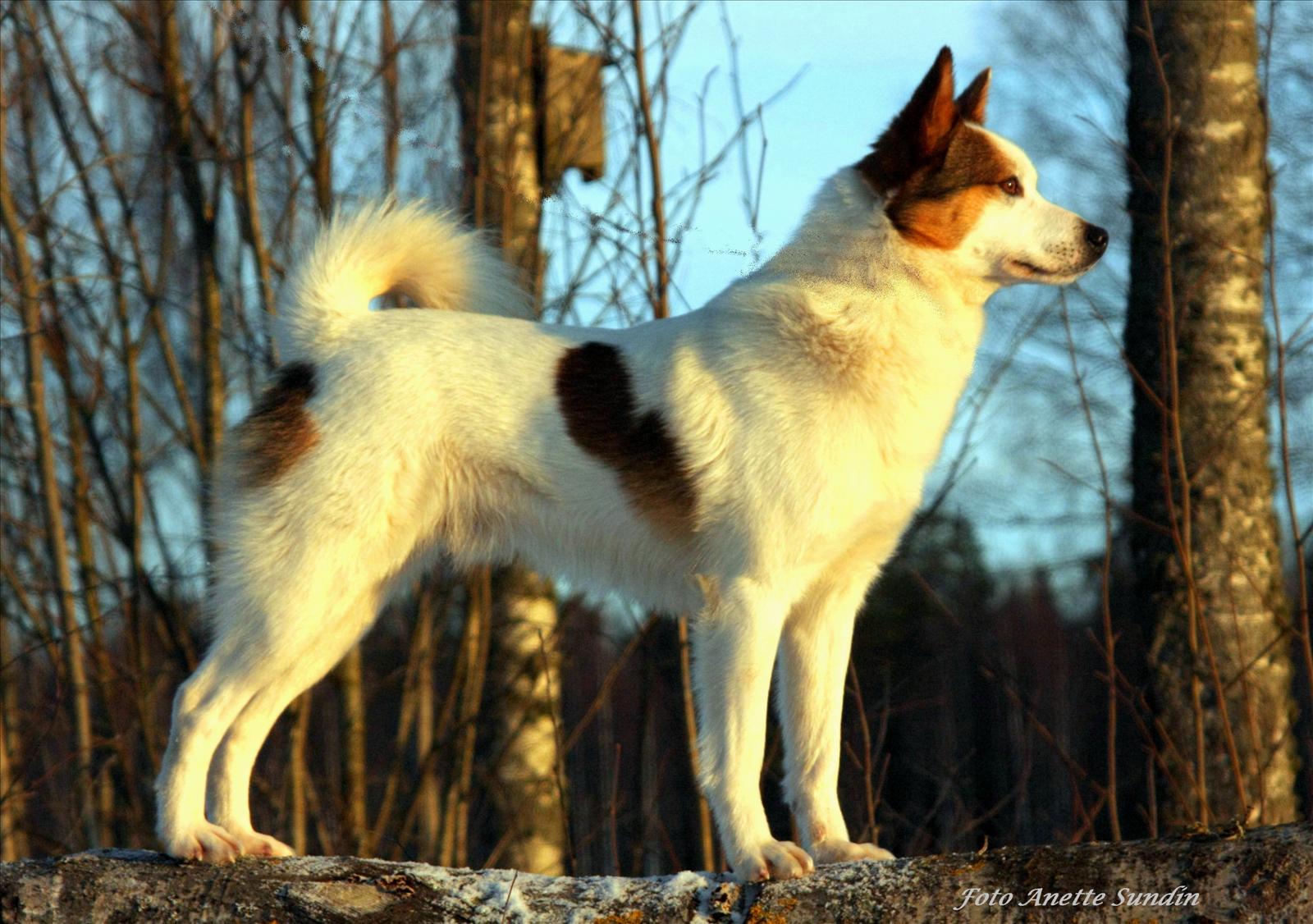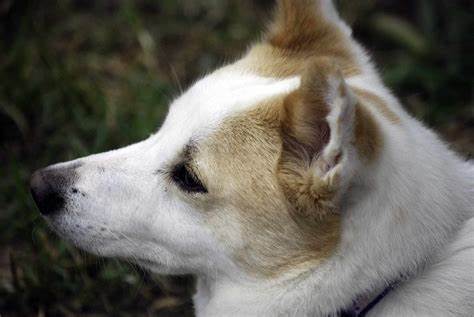Norrbottenspets: Spirited Nordic Hunter and Loyal Companion

History of the Norrbottenspets
The Norrbottenspets (pronounced Nor-boat-ten-spets) is an ancient spitz-type breed that hails from the northern regions of Sweden and Finland, particularly Norrbotten County. Developed as a versatile hunting dog, the Norrbottenspets was traditionally used to hunt small game, such as grouse and squirrel, and was also valued for its role in tracking larger animals like lynx and moose.
The breed nearly disappeared by the mid-20th century and was declared extinct by the Swedish Kennel Club in 1948. However, a small but passionate group of breeders rediscovered and revived the breed in the 1960s, preserving its working traits and unique appearance. Today, it remains a treasured national breed in Sweden and Finland and is slowly gaining recognition in other parts of the world.
Popularity of the Norrbottenspets
Though still rare outside Scandinavia, the Norrbottenspets is cherished by hunting enthusiasts and active dog lovers. In Sweden and Finland, it’s recognized for its endurance, intelligence, and versatility. With a growing appreciation for primitive and spitz breeds, the Norrbottenspets is slowly attracting international attention as both a capable working dog and a loyal companion.
Physical Traits of the Norrbottenspets
A small but robust spitz breed, the Norrbottenspets is agile and athletic, with sharp features and a striking coat.
Coat:
Double-coated with a dense, soft undercoat and a harsh, straight outer coat. Weather-resistant and adapted to cold climates.
Color:
Primarily white with distinct patches of yellow, red, or tan. Symmetrical markings are preferred.
Size:
• Height: 16.5–18 inches (42–46 cm)
• Weight: 20–30 lbs (9–14 kg)
Build:
Compact, squarely built, and muscular with a light, springy gait.
Head & Expression:
Wedge-shaped head with alert, dark eyes and a confident, intelligent expression.
Ears:
Medium-sized, erect, and pointed—always alert and attentive.
Tail:
High-set and curled over the back, characteristic of the spitz group.
Behavioral Traits of the Norrbottenspets
True to its heritage, the Norrbottenspets is intelligent, bold, and spirited. It’s independent yet affectionate with its family, forming strong bonds with its people.
• Energetic and Agile:
Bred for stamina and quick reflexes, this dog thrives on activity and mental stimulation.
• Vocal and Watchful:
Known for its sharp bark when alerting or during a hunt—can be a talkative breed.
• Independent Thinker:
Very intelligent but may prefer making its own decisions—early and consistent training is key.
• Affectionate and Loyal:
Forms strong attachments and is deeply loyal to its family members.
• Good with Children and Pets (with socialization):
Naturally friendly but needs early exposure to different environments, people, and animals.

Why Choose a Norrbottenspets?
• Hardy and Adaptable:
Built for life in the harsh north, the breed thrives in active homes and outdoor environments.
• Versatile Dog:
Excels in hunting, agility, tracking, and even as an alert watchdog.
• Low Maintenance:
Despite its plush coat, grooming needs are modest—weekly brushing and seasonal shedding control.
• Great Size for Active Households:
Large enough for rugged activity, yet small enough to manage indoors.
• Rare and Unique:
A lesser-known breed with a distinct look and personality—perfect for those who want something different.
Caring for Your Norrbottenspets
Training:
Very smart but requires a confident and patient handler. Use positive reinforcement and variety to keep interest high.
Exercise:
Needs at least 60 minutes of vigorous activity per day. Enjoys long walks, hiking, and playtime.
Grooming:
Weekly brushing is usually enough. During seasonal shedding, increase frequency to manage undercoat.
Nutrition:
A balanced, high-protein diet suited to an active, medium-sized dog. Monitor portions to prevent obesity.
Mental Stimulation:
Games, scent work, and training exercises help satisfy its sharp mind.

Health Considerations
The Norrbottenspets is a generally healthy and resilient breed, with a life expectancy of 14–17 years.
Common Health Issues:
• Hip dysplasia (rare but possible)
• Patellar luxation
• Allergies or skin sensitivities
• Eye conditions such as cataracts (rare)
Responsible breeders conduct health screenings to maintain the breed’s vitality and robustness.
Comparisons to Similar Breeds
Compared to the Finnish Spitz:
The Finnish Spitz is slightly larger, more golden in color, and tends to have a more foxlike appearance. The Norrbottenspets is leaner, more white in coat, and often more focused and driven in hunting tasks.
Compared to the Shiba Inu:
The Norrbottenspets is more sociable and less aloof, though both share independence and a spitz look. Norrbottenspets tend to be more vocal and task-driven.
Is the Norrbottenspets Right for You?
Choose this breed if:
• You want an active, intelligent, and rare companion
• You enjoy the outdoors and need a hardy dog for adventure
• You’re confident with training and looking for a dog with strong instincts
• You want a spitz breed that’s affectionate but not overly clingy
Not Ideal For:
• First-time dog owners unfamiliar with independent breeds
• Apartment dwellers who cannot provide daily high activity
• People looking for a quiet or highly obedient companion
Ready to Welcome a Norrbottenspets?
United Pet Club is here to support you with breeder connections, training resources, and care tips for rare spitz breeds. Whether you're in a snowy northern town or just love active dogs with personality, the Norrbottenspets may be the perfect fit.
